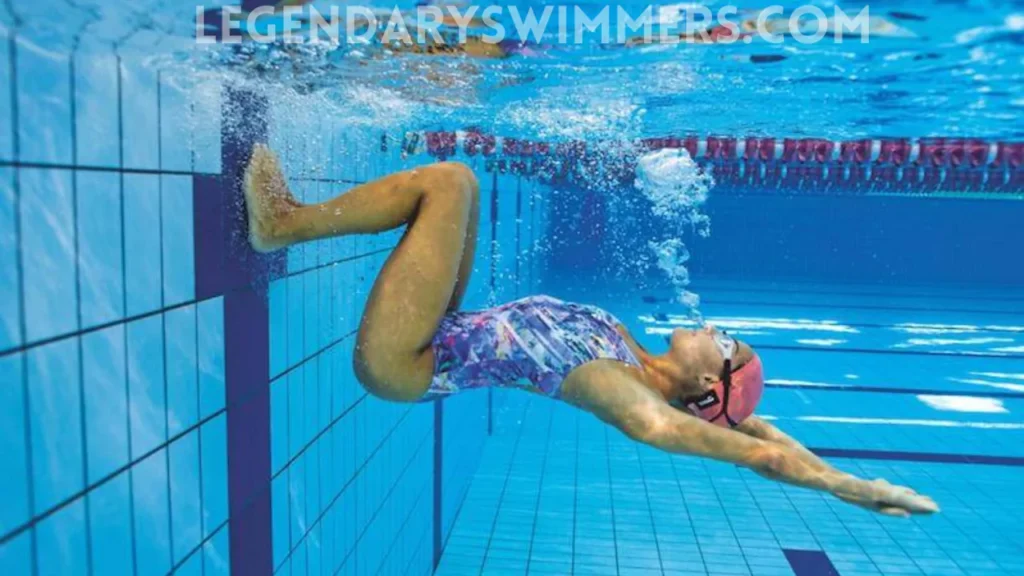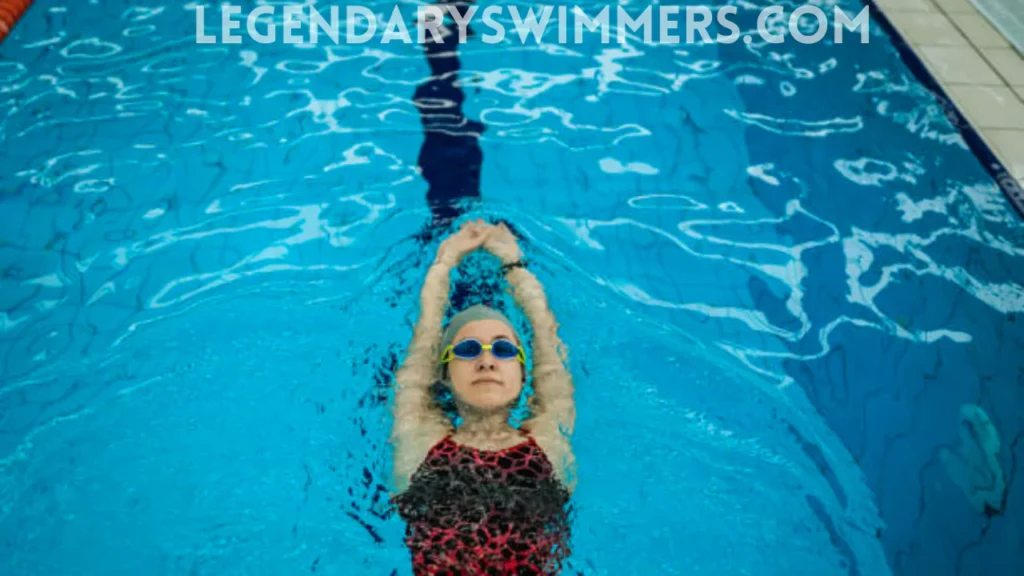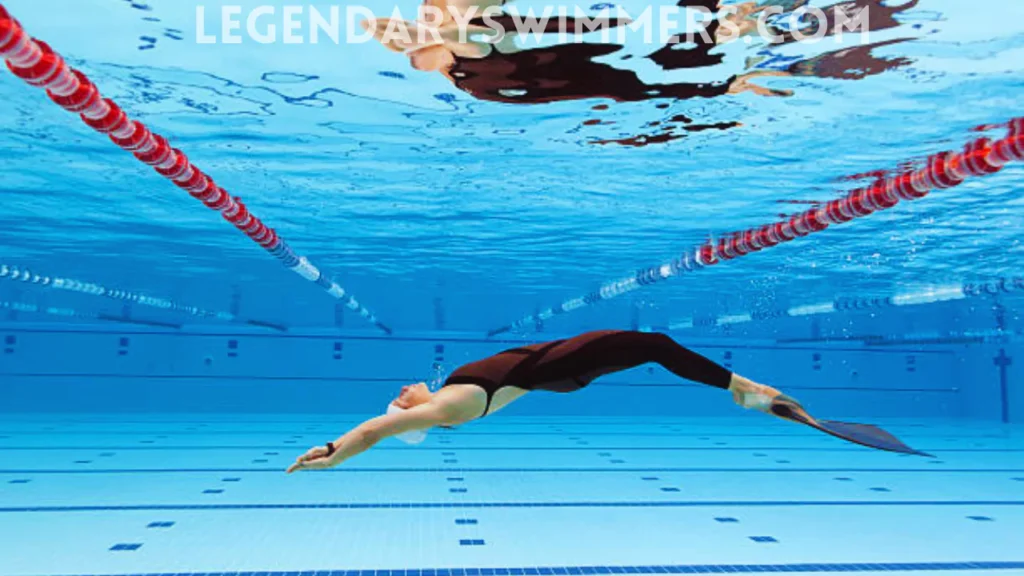
Flip Turn Secrets: Swim Faster in 6 Steps
- Updated:
The flip turn is one of the most critical—and intimidating—skills in competitive swimming. Yet, many swimmers, especially beginners, struggle with timing, coordination, or fear of hitting the wall. A well-executed flip turn can save 0.5–1.5 seconds per lap, according to a 2022 study by the Journal of Sports Sciences.
In this article, you’ll learn how to master flip turns with drills, expert tips, and fixes for common mistakes. Whether you’re training for a triathlon or just want smoother pool sessions, this guide is tailored for female swimmers at all levels.
Why Flip Turns Matter: Speed, Efficiency & Competition Edge
Flip turns aren’t just for Olympians. Perfecting this technique offers three key benefits:
A. Maintain Momentum
Open turns (touching the wall with your hand) waste energy and decelerate your speed.
B. Reduce Lap Times
Elite swimmers like Katie Ledecky save 1–2 seconds per 50 meters with crisp flip turns—a game-changer in races decided by milliseconds.
C. Build Endurance
Efficient turns reduce fatigue, letting you swim longer without losing form.
Pro Tip: Practice flip turns even during casual laps to build muscle memory.
Step-by-Step Flip Turn Technique Breakdown
Master the flip turn in 6 stages:
Step 1: Approach the Wall
- Distance: Start your flip 1–1.5 meters from the wall (about 2 strokes in freestyle).
- Speed: Maintain a strong, steady pace.
Step 2: Initiate the Flip
- Tuck: Pull your chin to your chest and somersault forward.
- Arm Position: Keep arms extended or streamline (no flailing!).
Step 3: Plant Your Feet
- Wall Contact: Feet should hit the wall shoulder-width apart, toes pointing upward.
- Knee Bend: Aim for a 90-degree angle for maximum push-off power.
Step 4: Push Off the Wall
- Direction: Push off parallel to the pool floor (not upward!).
- Streamline: Lock arms over your head, squeeze your ears, and engage the core.
Step 5: Rotate & Resume Swimming
- Body Position: Rotate to your stomach during the glide.
- First Stroke: Start kicking before breaking the streamline.
5 Essential Flip Turn Drills for Beginners
Try these drills to build confidence and precision:
Drill 1: “Flippy Feet” Wall Approach
- Goal: Practice judging flip distance.
- How: Swim toward the wall, flip, and focus on planting feet accurately. Use a kickboard to measure distance.
Drill 2: Somersaults in Shallow Water
- Goal: Overcome fear of flipping.
- How: Practice forward rolls in waist-deep water to build spatial awareness.
Drill 3: No-Wall Flip Turns
- Goal: Perfect tuck mechanics.
- How: Flip mid-pool without pushing off. Focus on tight tucks and smooth rotations.
Drill 4: One-Arm Flip Turns
- Goal: Improve balance.
- How: Swim freestyle with one arm extended during the flip to simulate race conditions.
Drill 5: Underwater Streamline Kicks
- Goal: Maximize push-off efficiency.
- How: Push off the wall and glide underwater for 3–5 seconds before surfacing.
Pro Tip: Record your drills with a waterproof camera (like GoPro) to analyze form.
Advanced Flip Turn Tips from Pro Swimmers
Learn from the best:
“Snap Your Hips” – Missy Franklin
The 5-time Olympic gold medalist emphasizes explosive hip rotation during the push-off for faster turns.
“Breathe Late” – Katie Ledecky
Delay your breath until after the first stroke post-turn to maintain streamlined speed.
“Eyes on the T” – Natalie Coughlin
Spot the black “T” marking at the pool’s end to gauge flip distance accurately.
“Core Engagement” – Simone Manuel
Tighten your abs during the flip to prevent a “banana body” (arching back).
4 Common Flip Turn Mistakes
| Common Flip-Turn Mistakes | How to Fix Them |
|---|---|
| Mistake 1: Over- or Under-Flipping | Use the pool’s flags to count strokes (typically 3–5 strokes from flags to wall). |
| Mistake 2: Wide Leg Placement | Practice wall touches with a pull buoy between your thighs to enforce shoulder-width spacing. |
| Mistake 3: Lazy Streamline | Hold a kickboard overhead during push-offs to train straight arms. |
| Mistake 4: Lifting Head Too Early | Wear a swim cap with a center stripe to keep your head aligned. |
Gear to Enhance Your Flip Turn Practice
A. Tempo Trainer
- Use: Set a beep rhythm for consistent stroke counts.
- Best For: Finis Tempo Trainer Pro ($45).
B. Anti-Fog Goggles
- Use: Clear vision for precise wall approaches.
- Best For: Speedo Vanquisher 2.0 ($25).
C. Swim Snorkel
- Use: Focus on flip mechanics without breathing interruptions.
- Best For: Arena Center Snorkel ($40).
Proven Results: A study found that 12 weeks of in-water training significantly improved their performance in 25 and 50-meter front crawl swimming. [Source]
FAQs:
Q: How do I avoid water up my nose during a flip?
A: Exhale gently through your nose during the rotation.
Q: Can I learn flip-turns in open water?
A: No—flip turns require a wall. Focus on open-water-specific skills like sighting.
Q: Why do I feel dizzy after flipping?
A: You’re likely holding your breath. Exhale slowly during the flip to stabilize inner ears.
Conclusion:
Mastering the flip turn takes patience, but the payoff—speed, efficiency, and confidence—is worth it. Start with shallow-water drills, analyze your form, and gradually integrate turns into your routine. For more swimming guides, visit LegendarySwimmers.com.
References

Natasha Nicole Leyva
Hi, I’m Natasha—swimmer, coach, and aquatic fitness enthusiast. My journey began in New Zealand after a professor recommended swimming to help with a knee injury. The low-impact nature of swimming worked wonders, and it quickly became my favorite form of exercise. This passion grew into a thriving swim academy, and soon, requests for aquatic fitness classes started pouring in. After becoming certified, I realized how powerful water workouts could be for recovery and fitness. Now, I share my expertise here to help others experience the benefits of aquatic movement—whether for recovery, fitness, or fun!







